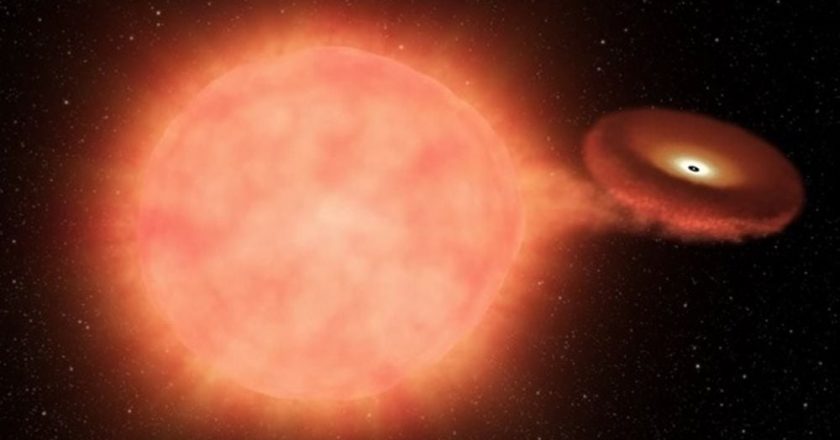Supernova Cinematography: How NASA’s Roman Space Telescope Will Create a Movie of Exploding Stars
Exploding stars come in different types, and these different types of supernovae show astronomers different things about the cosmos. There's a scientific appetite to find more of them and boost our knowledge about these exotic events. The Nancy Grace Roman Space Telescope should be able to feed that appetite.
The Roman is due to launch in about two years, and will make its way to its station at the Sun-Earth L2 orbit. After commissioning, it'll begin operations. One of its three primary surveys is the High-Latitude Time-Domain Survey. In that survey, the powerful space telescope will image the same section of sky beyond the Milky Way every five days for two years. The team behind the Roman will stitch these scenes together into one comprehensive movie, a sort of cosmic cinema.
T...




